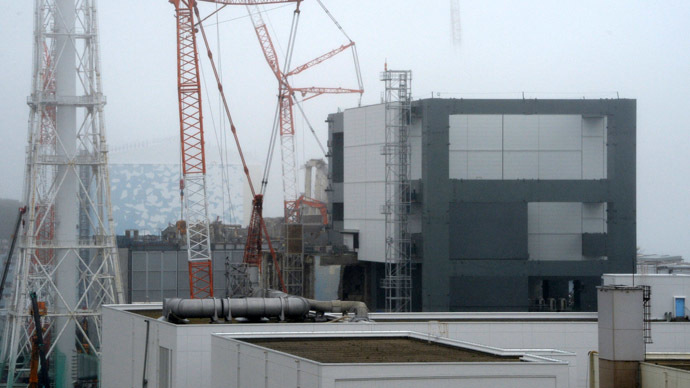Rice grown near crippled Fukushima nuclear plant served to govt officials

Rice from fields in the Fukushima prefecture, evacuated after the worst nuclear disaster in Japan, will be served to government officials for 9 days in a bid to demonstrate the safety of the country’s most-beloved crop, a local broadcaster reported.
The rice cultivated in several decontaminated fields in the Yamakiya District in Kawamata Town and Iitate Village, two areas designated as evacuation zones after the March 2011 nuclear catastrophe, will be served in a government office in Tokyo from Monday.
Over half a ton (540 kilograms) of rice will be part of a test to prove the effectiveness of the decontamination process. Officials from the Fukushima prefecture have given assurances that the rice contains no radioactive substances.
The rice balls tasted especially good after the great effort put into cultivating the crop, said Senior Vice Environment Minister Shinji Inoue on Monday. Parliamentary Vice Environment Minister Tomoko Ukishima also joined the tasting.
A farmer from Kawamata Town told NHK that he will continue to cultivate the rice now that he knows it tastes good. Because the zone was evacuated after the nuclear crisis, he said that he had traveled from his temporary home to the paddy fields to tend the crops.
Some 160,000 people escaped the vicinity of the Fukushima Daiichi nuclear plant after an earthquake in March 2011 triggered a tsunami that hit Japan’s coast, damaging the plant’s three nuclear reactors. The catastrophe that hit Fukushima became the world’s worst nuclear disaster since Chernobyl.
Several months after the accident at the power plant in November 2011, samples of rice grown in Onami town in Fukushima Prefecture showed radioactive contamination above the safety limit. The grain contained caesium – a radioactive isotope - that was measured at 630 becquerels per kilogram, while the government-set safety limit is 500 becquerels.
The rice from Onami, situated 57 kilometers northwest of the stricken nuclear power plant, was banned and shipments of the product were restricted in November 2011.
Yamakiya District in Kawamata Town and Iitate Village, the areas from which the decontaminated rice is currently being served to officials, are located some 40 to 50 kilometers northwest of the stricken plant.














